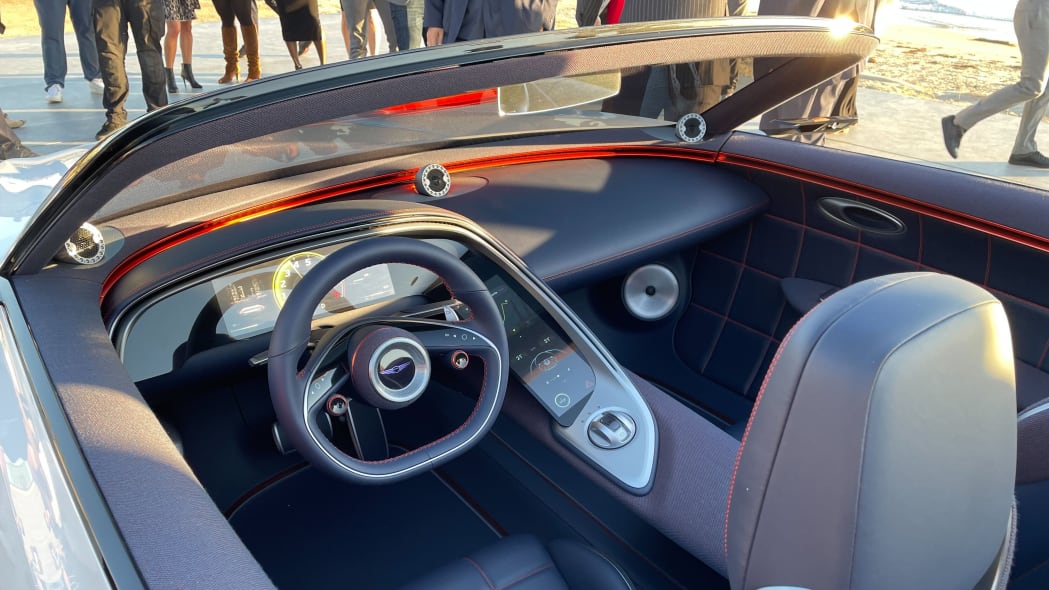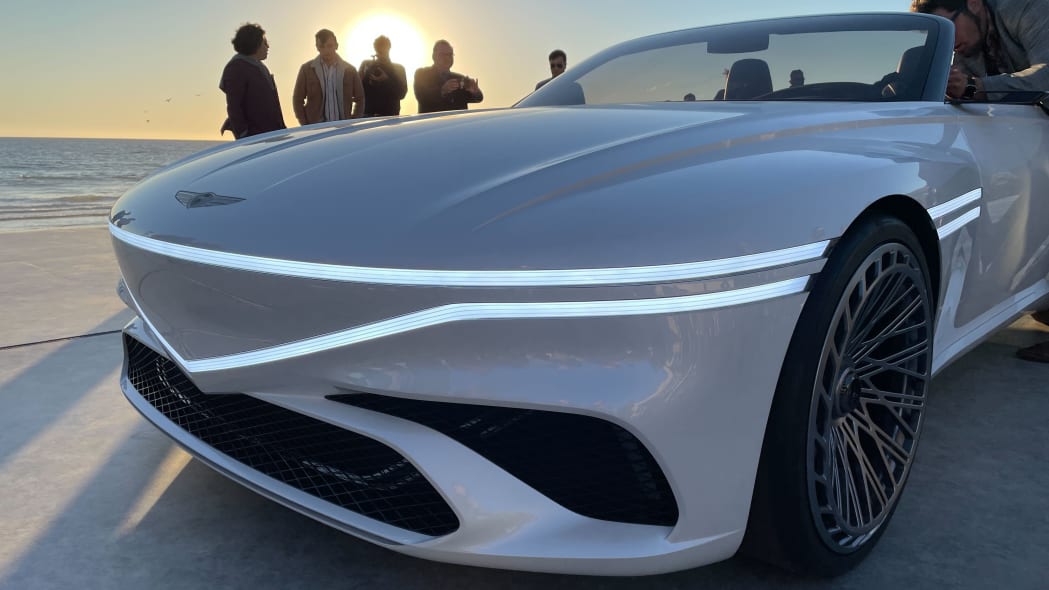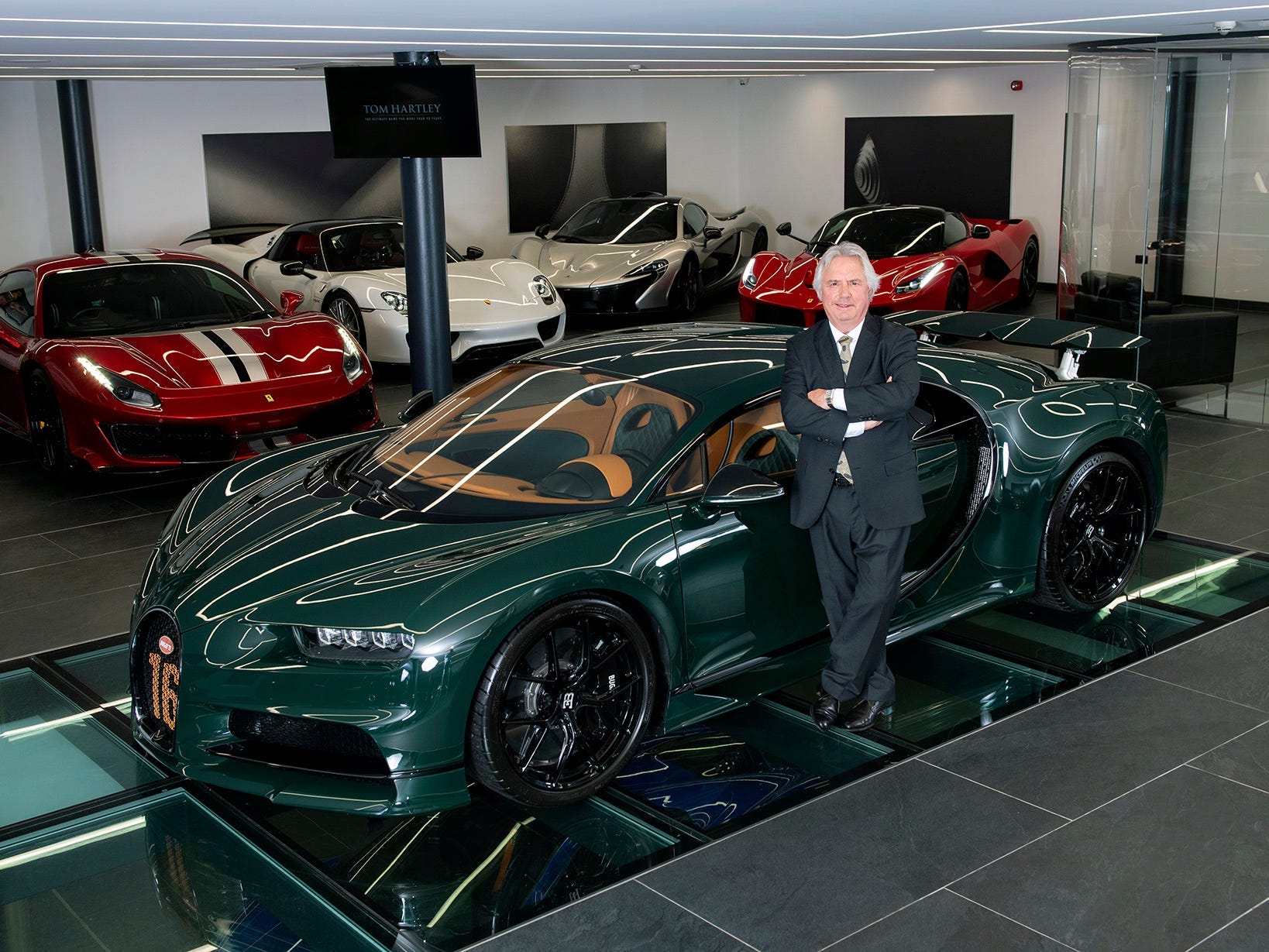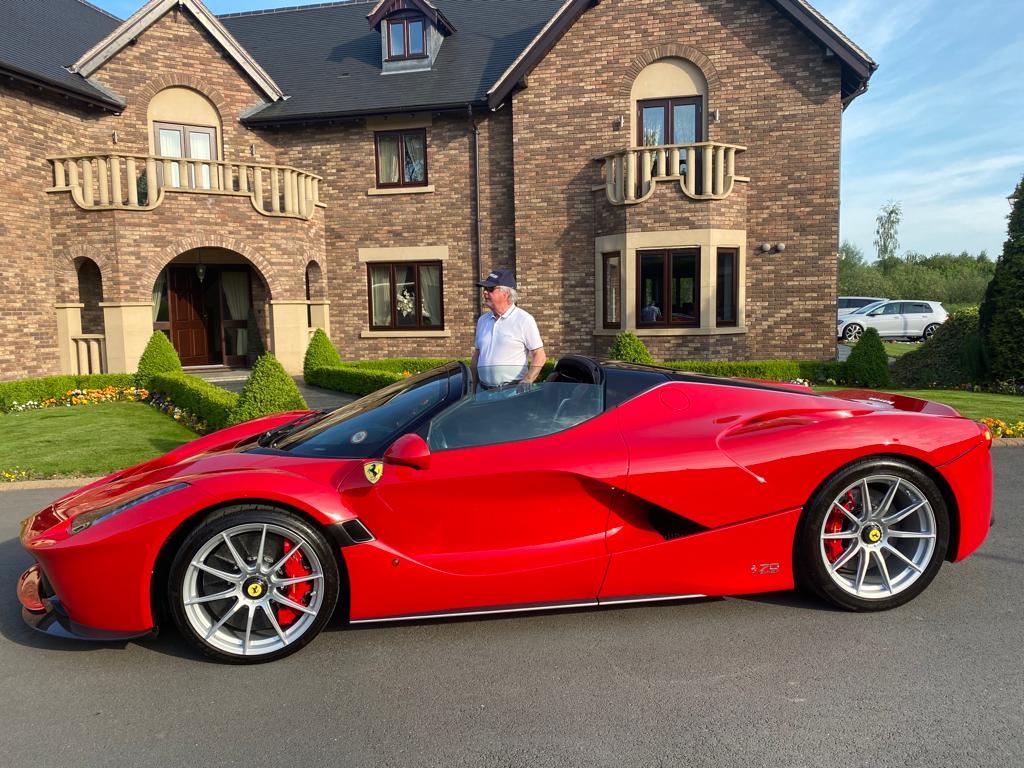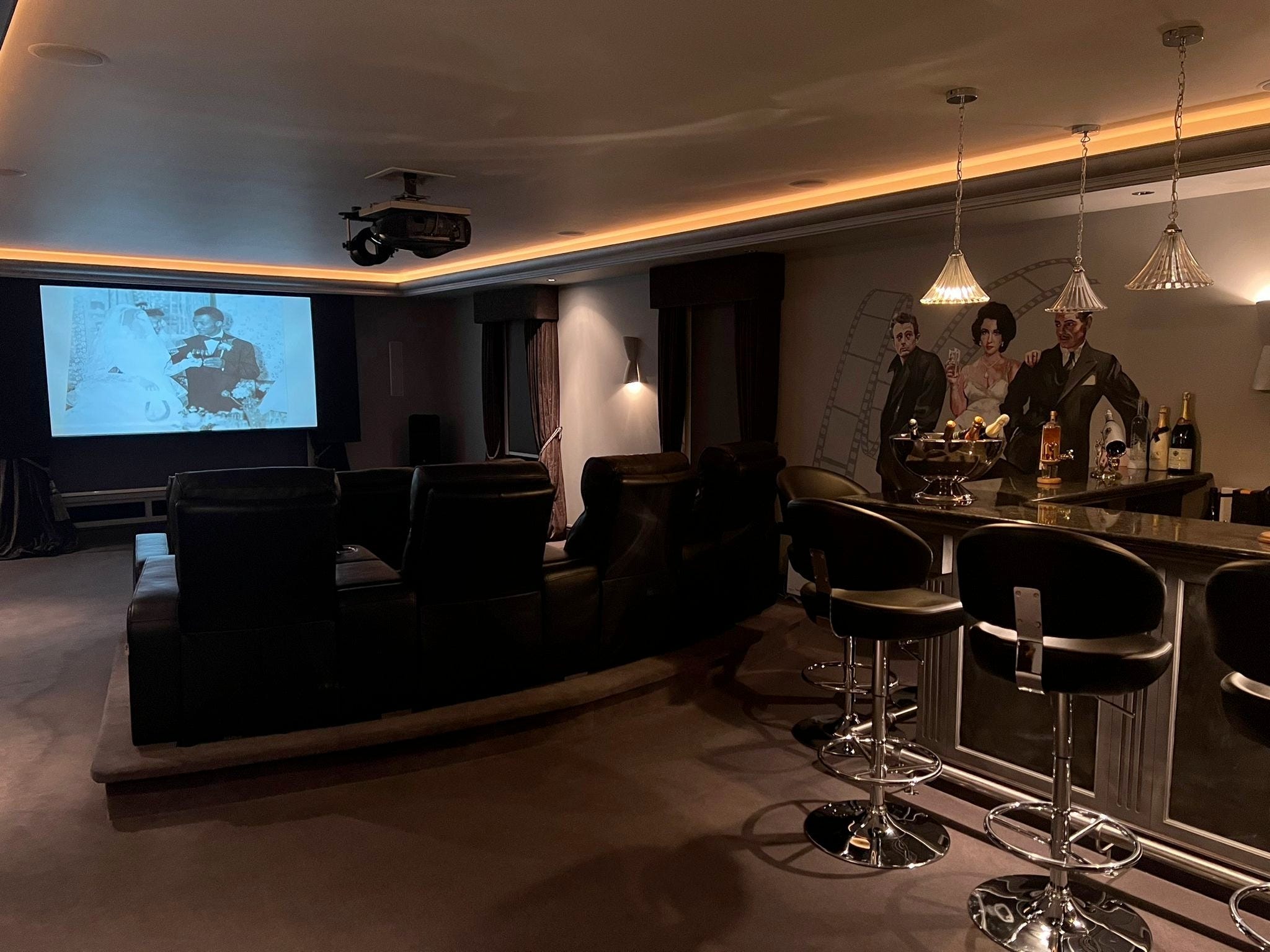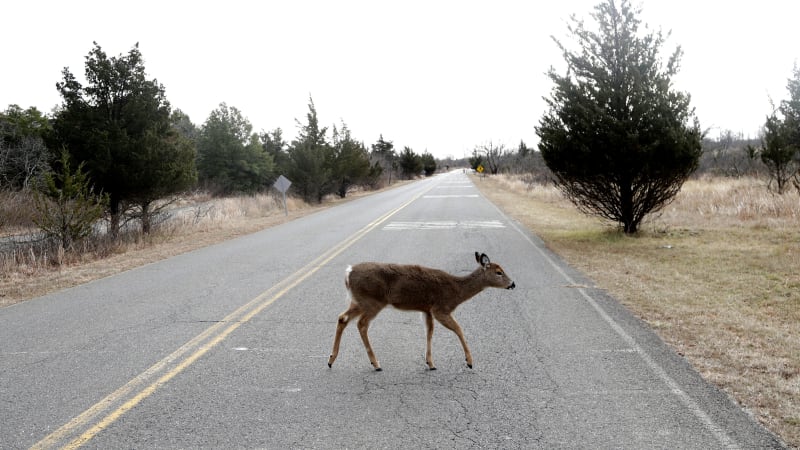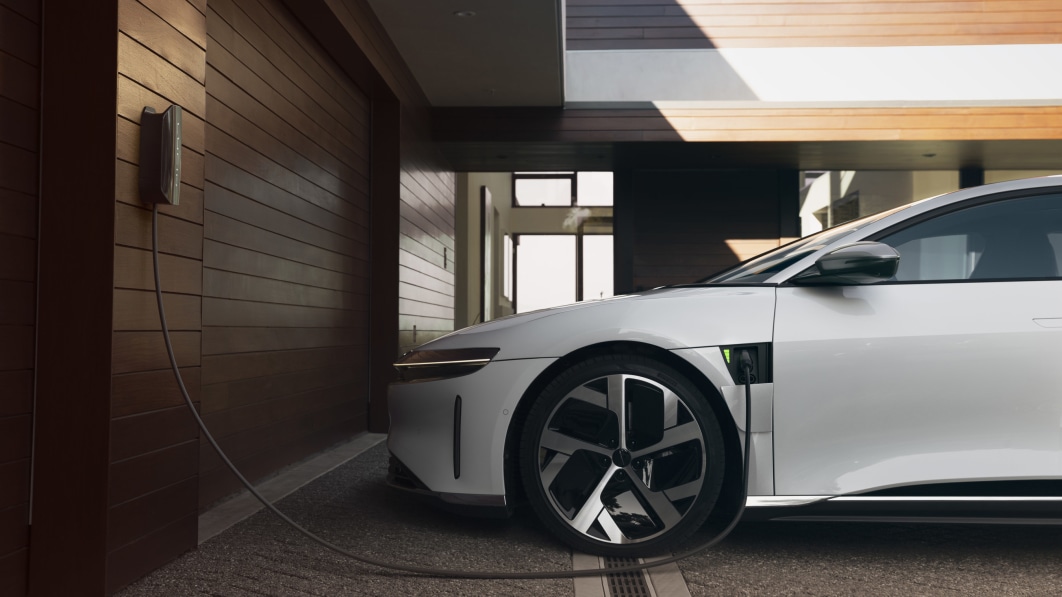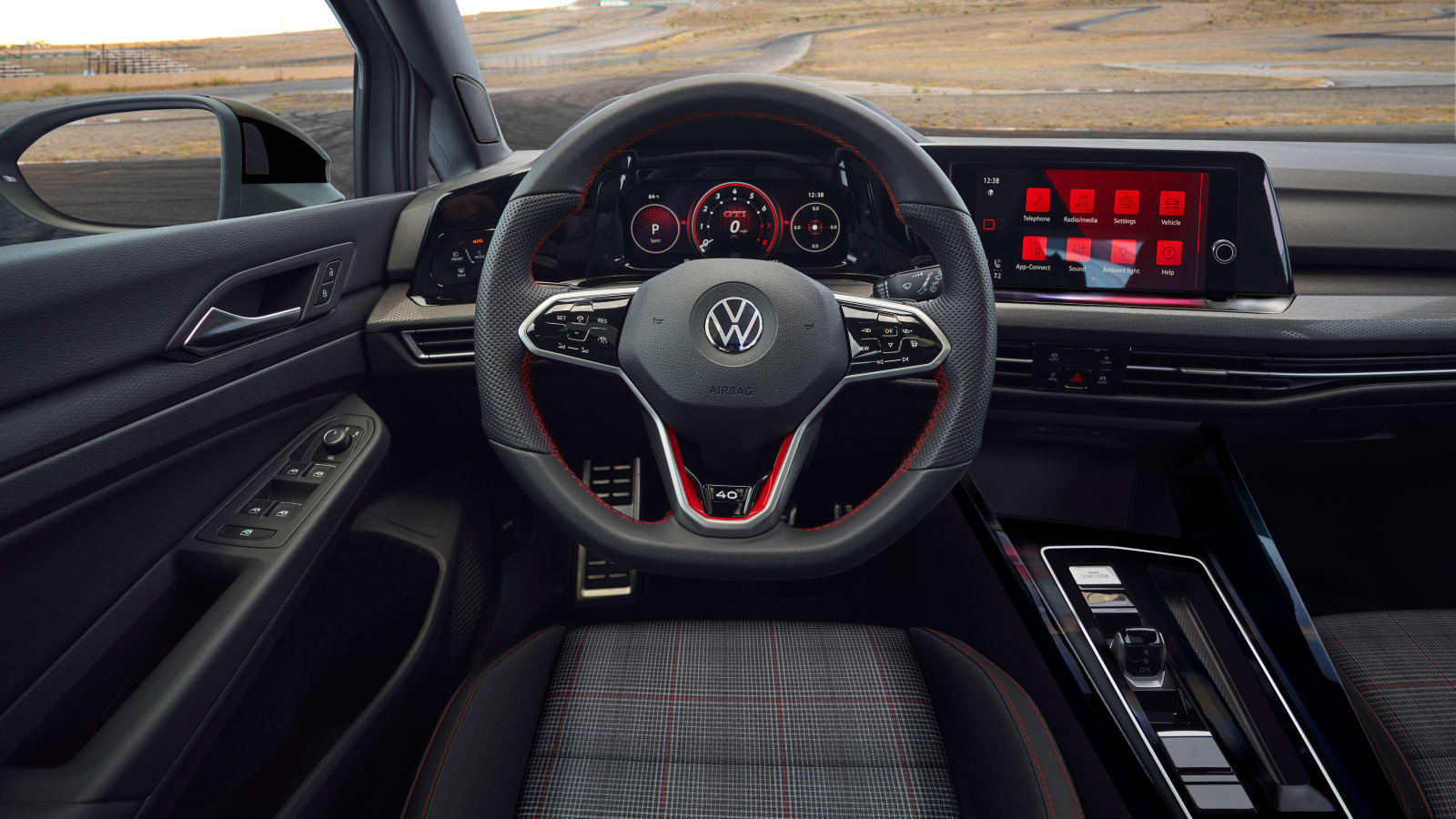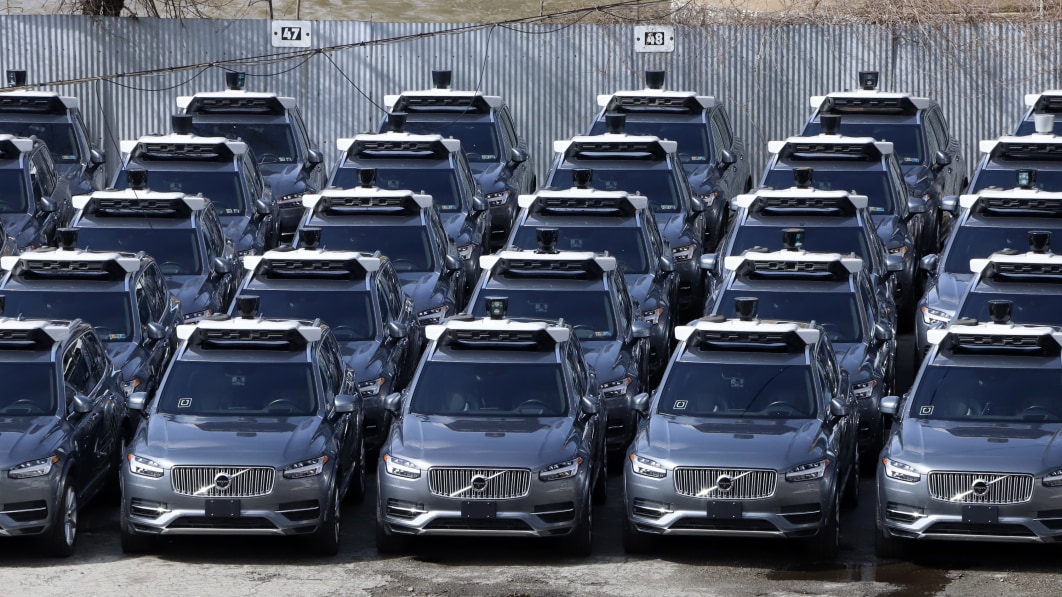
When it comes to reliability, consumers favor foreign brands. Domestic brands lag behind those from both Asian and European automakers.
Photo: pexels.com/RODNAE Productions
Toyota, Lexus, and BMW lead the way as the top three most reliable brands in Consumer Reports’ (CR) annual vehicle reliability rankings. Others that earned a place among the top five most reliable include Mazda, which came in fourth, followed by Honda, which placed fifth.
Among the top five brands, Lexus stands out because all of its models have above- average or better reliability scores this year, with its GX SUV leading the way. Also noteworthy, every Toyota model but two has above- or well-above-average reliability. For example, the brand boasts the Toyota Corolla Cross, which is among the most reliable models in the survey.
CR’s reliability score is calculated on a 100-point scale, with the average rating falling between 41 and 60 points. To determine the score, CR gathered data direct from its members on over 300,000 vehicles, from the 2000 to 2022 model years, as well as a few early introduced 2023 model years. The data addresses 17 trouble areas including engine, transmission, in-car electronics, and more.
The overall findings favor foreign brands. For example, seven of the 10 most reliable brands are from Asian automakers, who boast an average reliability score of 59. European automakers are in second place with a reliability score of 51, while domestic brands trail both with an average score of 40.
The cars category — comprised of sedans, hatchbacks, and coupes—is one of the most reliable vehicle categories in the survey with an average predicted reliability score of 58. They’re followed by SUVs at 51, then minivans at 44. Pickups are the least reliable category, with an average score of 39.
However, domestic automakers don’t quite adhere to this trend, with their SUVs and pickups proving more reliable than their cars, scoring 45 and 41, respectively. In contrast, domestic cars average a slightly lower score of 38.
Some top-ranking domestic brand vehicles include the Buick Encore GX, Chevrolet Trailblazer and Blazer, Ford Edge, Maverick, and Maverick Hybrid, and the Lincoln Corsair and Nautilus.
Finally, there are some interesting findings within electrified models this year. Overall by category, hybrid cars and plug-ins ranked as most reliable, with an average predicted reliability of 78. Hybrid SUVs and plug-ins came in as the third most reliable category with a score of 65.
Conversely, full-sized pickup trucks earned the least reliable category, with an average score of 30. The second least reliable category is electric vehicles (cars and SUVs) with an average predicted reliability of 36.
For GREAT deals on a new or used Nissan check out Team Nissan of Oxnard TODAY!

